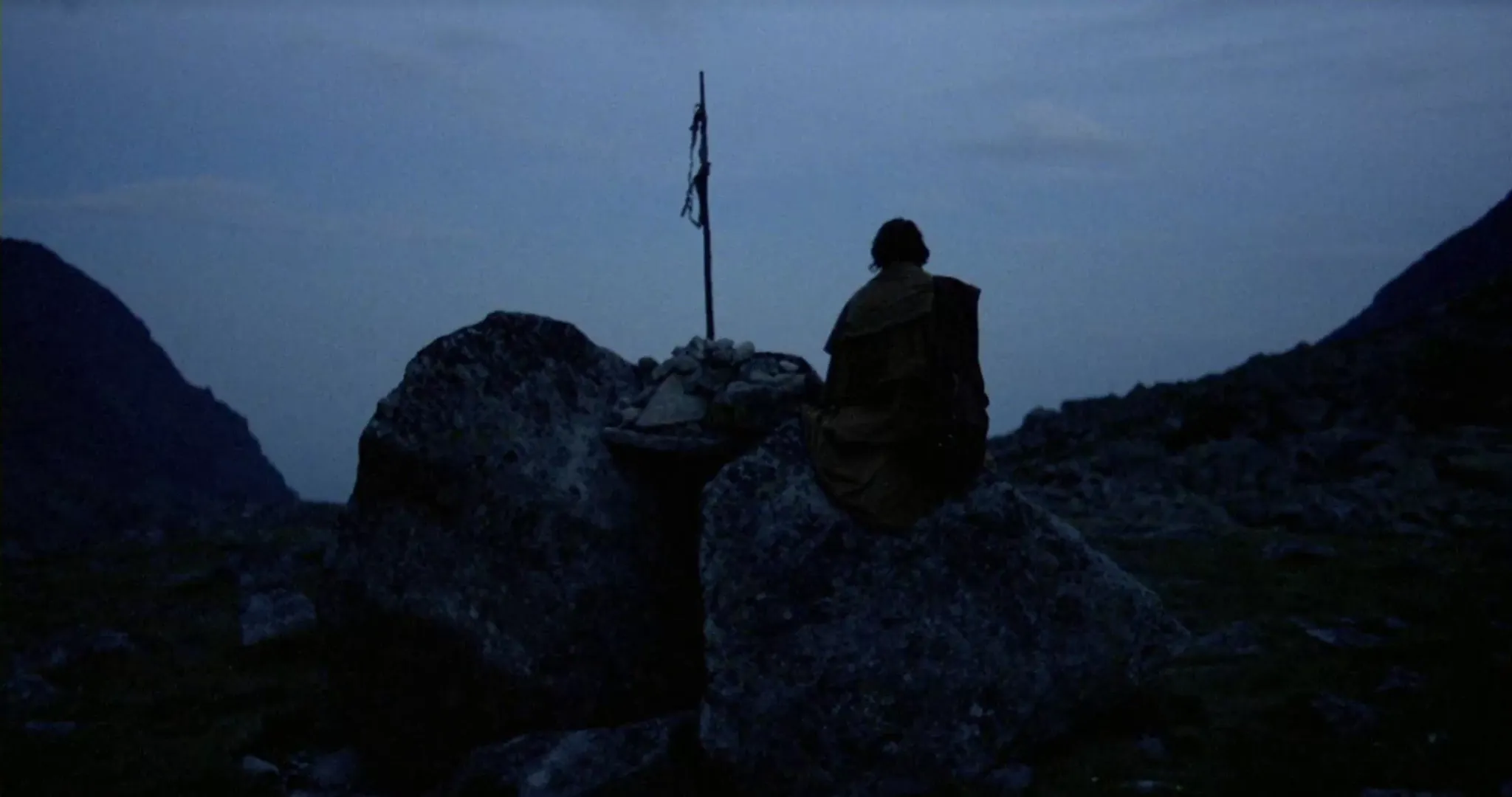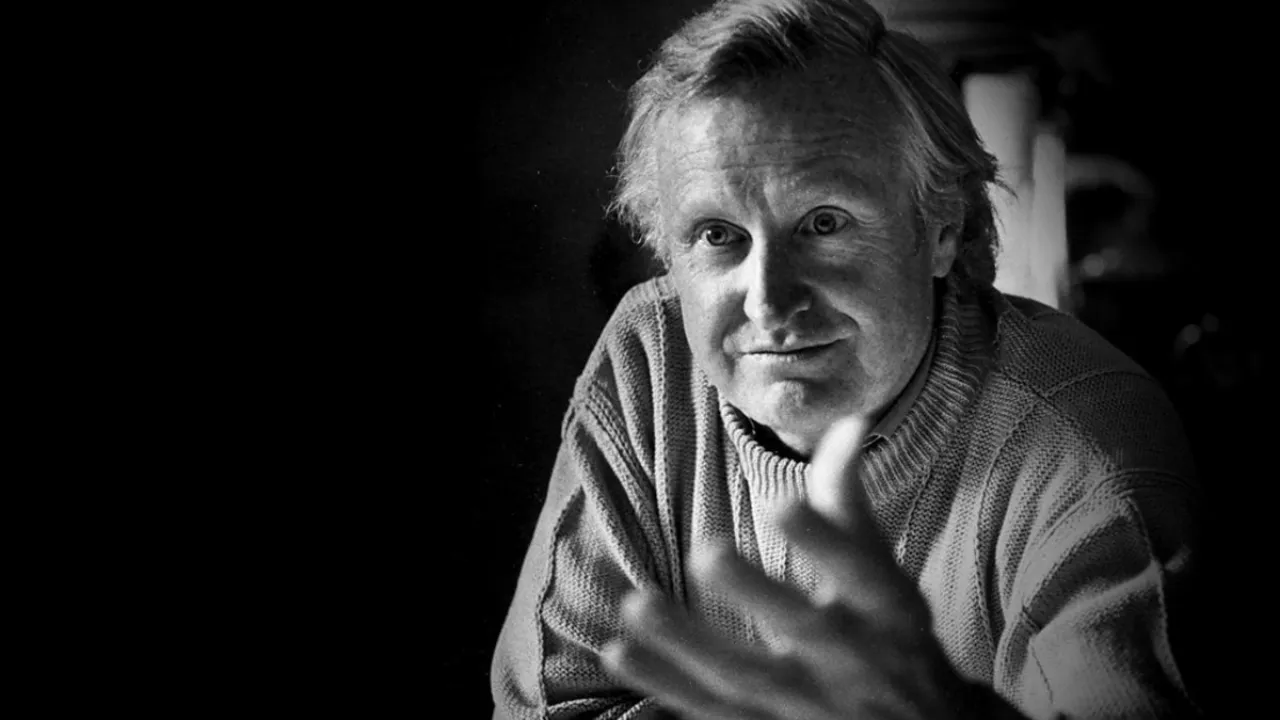Please update your browser
Your current browser version is outdated. We recommend updating to the latest version for an improved and secure browsing experience.

The Ring Cycle and Wagner's Leitmotifs
Das Rheingold
Das Rheingold is the beginning of Wagner's Ring cycle (1853-1876), an extraordinarily ambitious set of four epic "music dramas" that transformed opera and opened up new possibilities for relating images and sounds that anticipated cinema. The slow-building chords used in the Prelude to Das Rheingold were designed to evoke both the movement of water and an epic spiritual quest.
Wagner conceived of the cycle as a Gesamtkunstwerk, a massively ambitious synthesis of all other relevant artforms, reinvented as a modern Festival that would revive the principles of ancient theater through presentation at a dedicated performance space (the Festspielhaus in Bayreuth). In Das Rheingold and the other parts of the cycle, characters, significant objects, and places are all associated with particular leitmotifs that appear, circulate, and develop within and across the different works.

The Twilight of the Gods
Götterdämmerung (The Twilight of the Gods) is the final part of the Ring cycle and by far the longest work (well over five hours long in production). In the final section, an "Immolation Scene" commemorating the death of mythic protagonist Siegfried and the love of Brünnhilde, the different leitmotifs that had been repeated, developed, transformed, and sometimes deferred throughout the cycle are wound together in a synthetic spiral.
To the left, you can find the complete "Immolation Scene" from the legendary 1980 Bayreuth Festspielhaus production staged by director Patrice Chéreau and conducted by Pierre Boulez. Demonstration of some of the motival sections follow.

Part 1 - Valkyrie Motifs
This section interconnects a series of motifs associated with Brünnhilde, such as the famous Ride of the Valkyries and variations of the Valkyrie War Cry leitmotif.

Part 2 - Redemption Through Love
This leitmotif, introduced in Act 3 of Die Walküre, the second part of the cycle, recurs here at the end of Götterdämmerung and will eventually become dominant. From 42 seconds in, leitmotifs associated with Siegfried and Brünnhilde also appear.

Rhinemaidens and the Curse
Leitmotifs from the beginning of Das Rheingold - representing the movements of the Rhinemaidens and the river itself as well as the curse that began the cycle - return just after Brünnhilde's immolation.

Twilight of the Gods
The circulation of leitmotifs becomes more complex as the Immolation Scene progresses. In this part, motifs associated with the Rhine and the beginning of the cycle are connected to the Valhalla motif associated with the domain of the ancient world as well as the developing Redemption Through Love leitmotif.

Part 5 - Redemption Through Love
Finally, the Redemption motif triumphs.

Werner Herzog's Nosferatu
Wagner's music was co-opted in the Nazi period, and Werner Herzog's use of the opening to Das Rheingold in his 1979 remake of F. W. Murnau's seminal 1922 Expressionist film attempts to reactivate the fractured relationship with German Romanticism.
In conjunction with compositions that clearly evoke the Romantic visual iconography of Caspar David Friedrich, the music transforms the protagonist's journey into a passage through the repressed memory of a divided Germany, whose time was most certainly “out of joint.”

Terrence Malick's Vision of the New World
Terrence Malick draws out the mythic associations of Wagner's music and gives them a startling new context by using the opening of Das Rheingold at the beginning of his exploration of dramatic cultural encounter at Jamestown in 1607.











